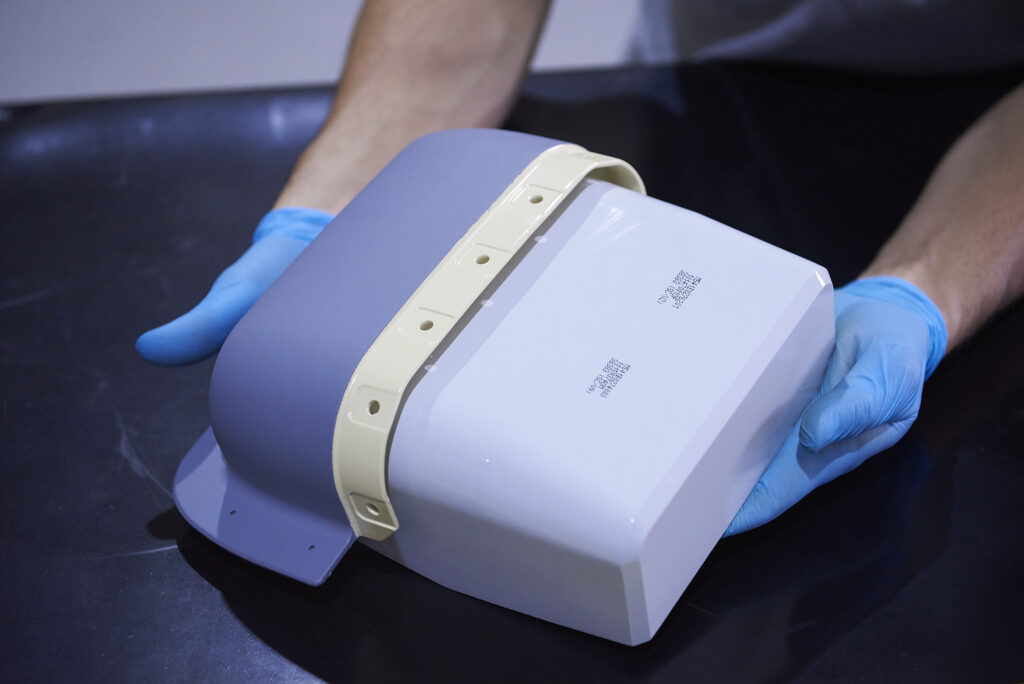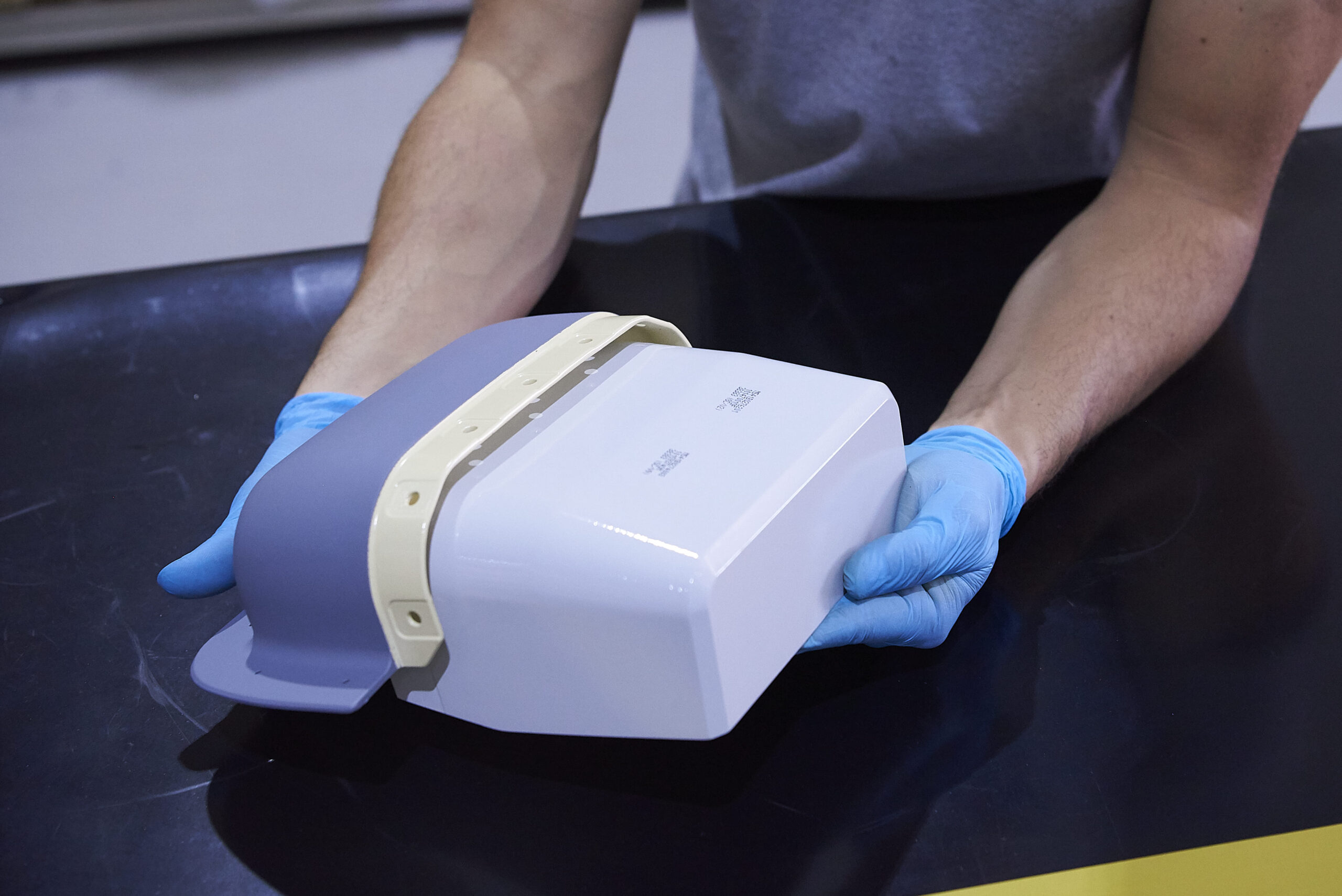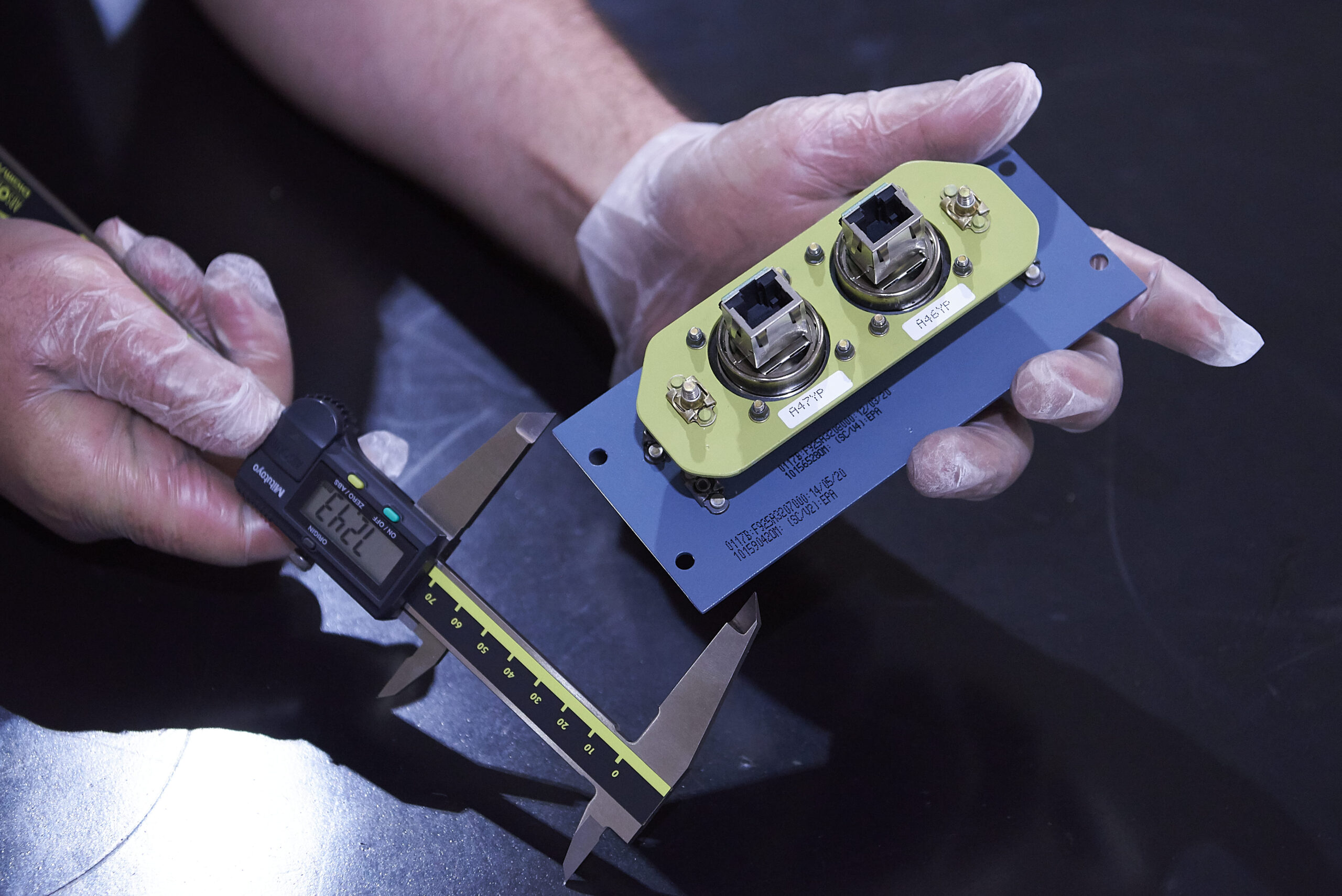In the aviation industry, identifying and managing aircraft components efficiently is crucial for maintenance, safety, and operational continuity. To standardize this process, the Air Transport Association of America (ATA) developed the ATA Specification, a structured system that assigns unique Part Numbers (PN) to each aircraft component. This coding framework enhances traceability and simplifies maintenance procedures across different aircraft manufacturers, including Airbus.
Understanding the ATA Part Numbering System
The ATA system organizes aircraft components into a hierarchical structure, categorizing them based on their function and location within the aircraft. Each part number consists of three main segments:
- Chapter Number – Identifies the primary system or subsystem.
- Example: 73 (Engine Fuel and Control), 32 (Landing Gear)
- Section Number – Specifies the subsection within the primary system.
- Example: 73-10 (Fuel Storage), 32-30 (Brake System)
- Subject Number – Defines the specific subject or detailed function of the component.
- Example: 73-10-01 (Fuel Tanks), 32-30-01 (Brake Components)
Practical Example
Let’s analyze the part number 32-10-15:
- 32 (Chapter): Landing Gear
- 10 (Section): Main Landing Gear
- 15 (Subject): Hydraulic System
This systematic coding ensures that the component is easily identifiable as part of the hydraulic system within the main landing gear.
Why the ATA Standard is Essential
The ATA100 system is widely adopted in the aeronautical sector due to its numerous advantages:
1. Standardization
- Establishes a universal method for documenting and identifying aircraft parts.
- Reduces ambiguity and inconsistencies across different manufacturers and airlines.
2. Operational Efficiency
- Enables maintenance teams to locate and reference parts quickly.
- Enhances repair speed and minimizes aircraft downtime.
3. Safety and Compliance
- Ensures that correct parts are used for repairs and replacements.
- Contributes to regulatory compliance and aircraft safety standards.
Benefits of ATA Standards for Stakeholders
Airbus and other manufacturers rely on the ATA Specification to streamline operations and improve communication across different sectors. The benefits extend to:
- Maintenance Teams: Facilitates diagnostics and accelerates repair procedures.
- Suppliers: Enhances communication in manufacturing and distribution.
- Airline Operators: Improves fleet reliability and minimizes operational disruptions.
Conclusion
The ATA Specification is a cornerstone of aviation maintenance and operations, ensuring that aircraft components remain organized, identifiable, and compliant with safety regulations. By adopting this structured numbering system, the aeronautical sector enhances efficiency, reduces errors, and maintains the highest standards of safety and reliability in aviation.



